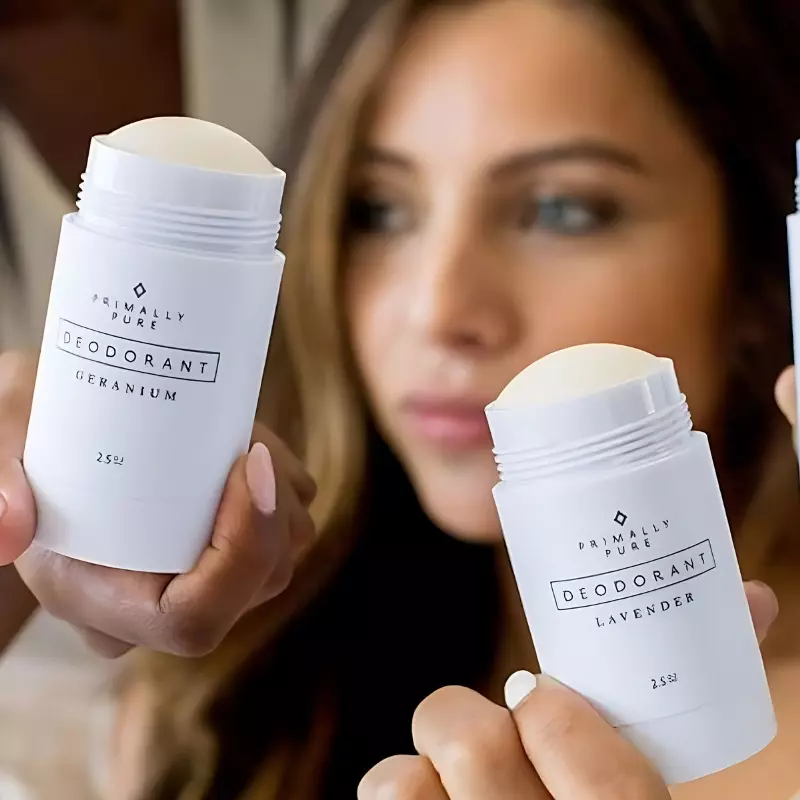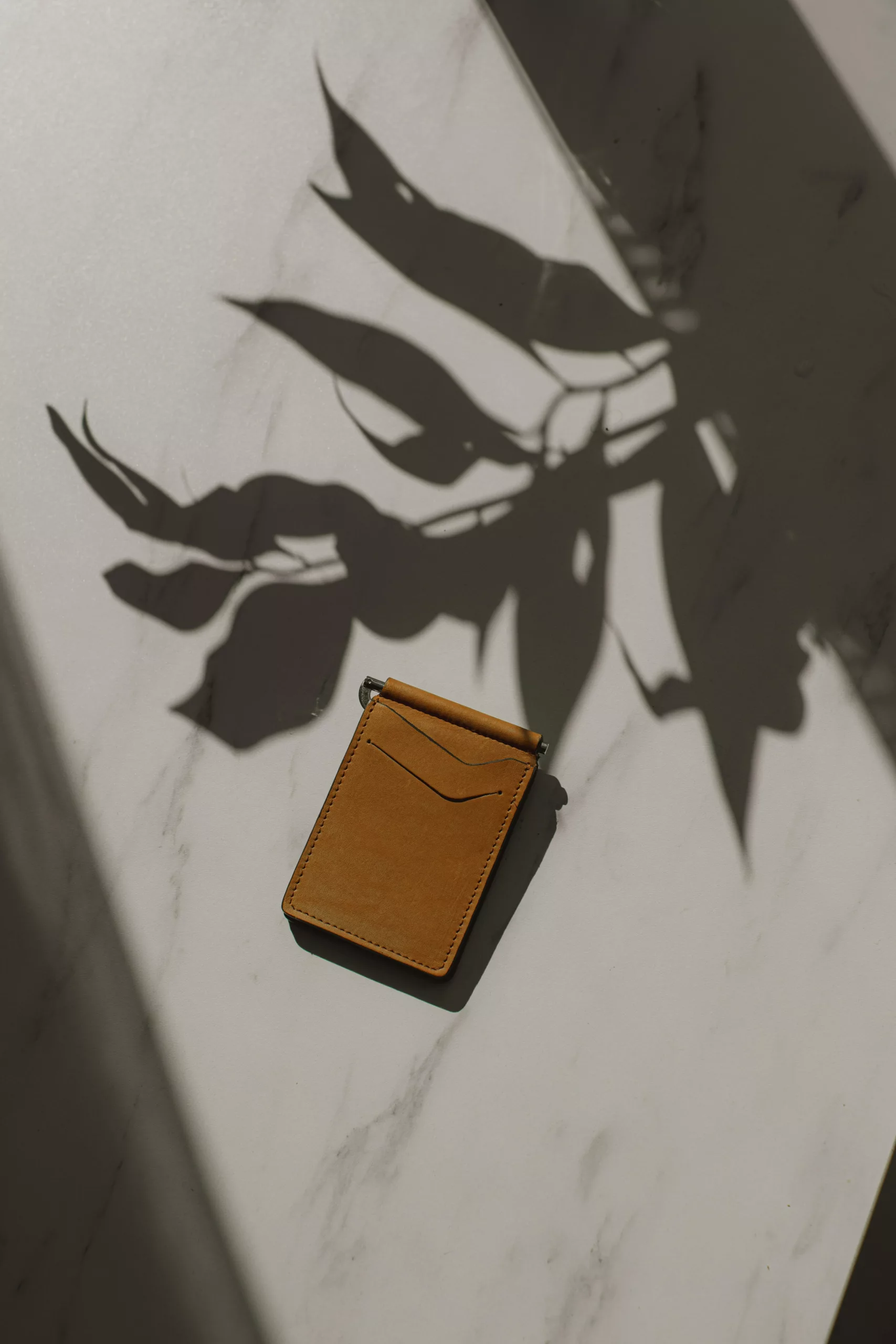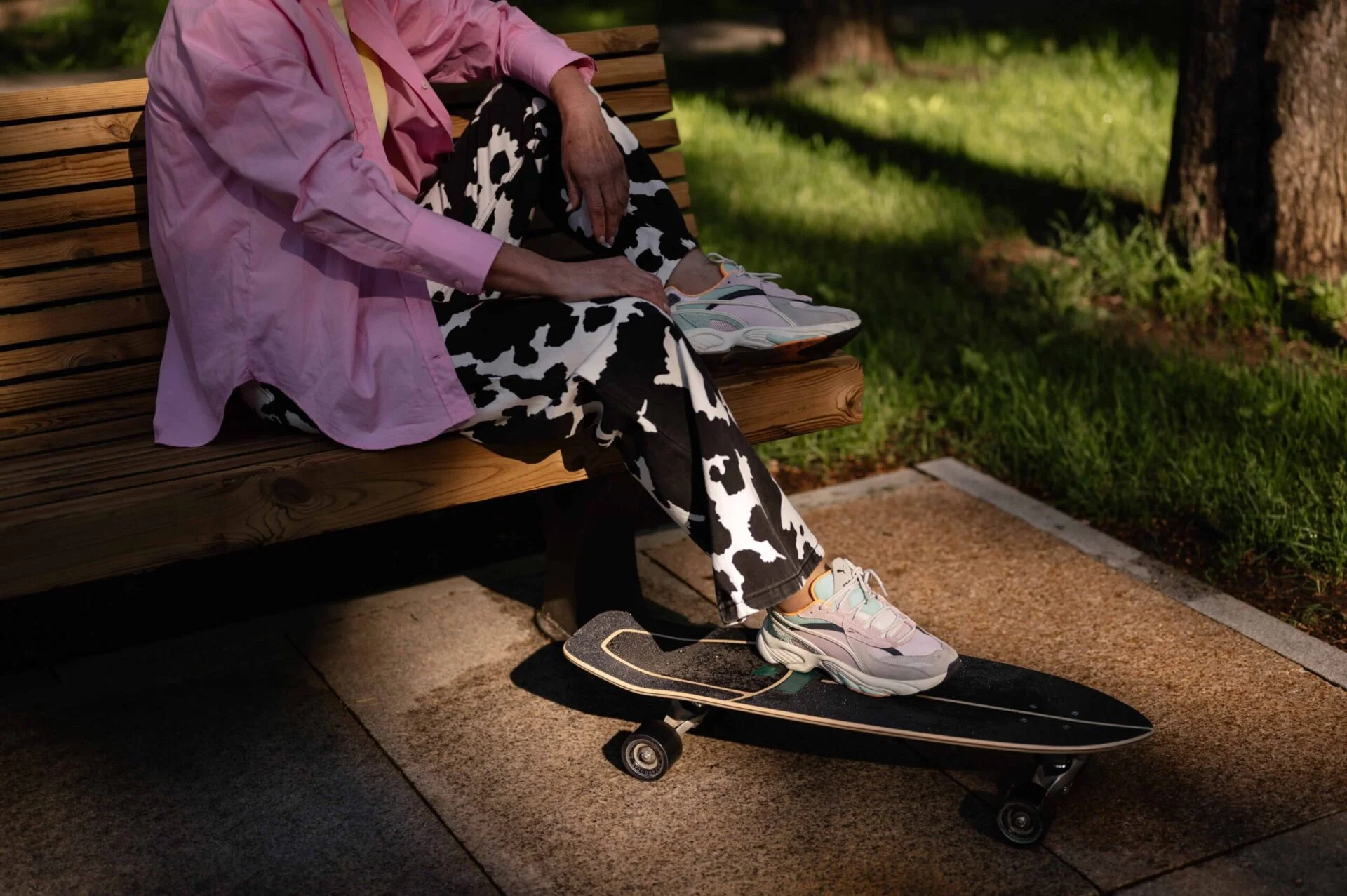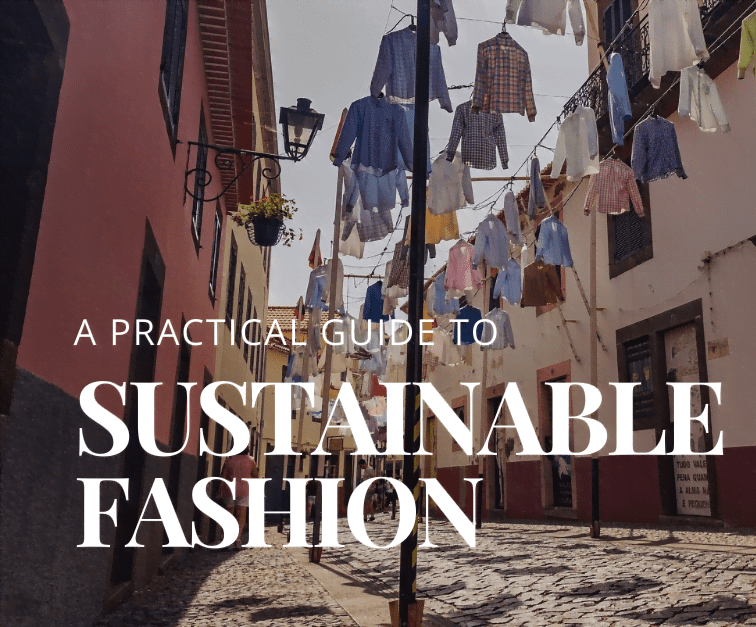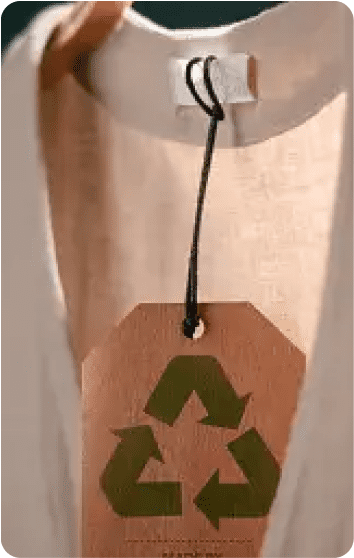It might be absurd to believe for many, but the adoption of eco-friendly packaging as a practice can make major changes in our journey towards a sustainable world. Climate change, depletion of natural resources, and environmental degradation are some of the greatest challenges that mankind has ever faced. The packaging industry alone employs over five million people globally and generates over $400 billion in annual revenue. The size of this industry along with the pervasiveness of packaging in our day-to-day lives is enough to cause irreversible damage to the environment.
The packaging sector has been catapulted to the centre of the sustainability debate, not because it is the most significant source of environmental concerns, but because, from the customer’s point of view, it is one of the most noticeable.
We all live in a world where every single one of us is a consumer, and the majority of us shop regularly. While product packaging is used to contain the goods effectively and ensure safe transportation and handling, it is also a way for the brands to establish themselves and deliver critical information to the customers.
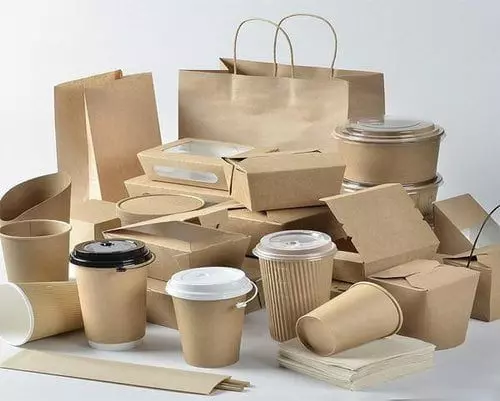
But have we ever wondered what the life cycle of a packaged product looks like?
Whether it is the procurement of raw materials or the disposal of the final product to the landfills, almost every stage in the life cycle proves to be detrimental to our environment. Packaging necessitates the use of natural resources like water and electricity, which, without a doubt, has heavy environmental consequences. Furthermore, the byproducts generated from the manufacturing process have their own repercussions. The creation of plastic packaging, for example, releases excessive amounts of carbon monoxide gas and many other unwanted organic compounds. In fact, several manufacturers agree that packaging costs more than the product being packaged.
What is Eco-Friendly Packaging?
Whether it is eco-friendly packaging, sustainable packaging, or green packaging, they all essentially refer to packaging that is made out of sustainable materials and reduces its carbon footprint in the long run. In order to classify as eco-friendly, the packaging needs to fulfil the following criteria:
- Recyclable
- Reusable
- Biodegradable or compostable
- Non-toxic
- Made from natural or recycled products
- Manufactured with minimum energy consumption, preferably with renewable sources of energy like wind and solar power.
Eco-friendly packaging has always been all about the environment but the economic and societal factors should also be taken into account. So, while plant-based packaging may appear to be an attractive alternative, it is important to remember that this often entails the removal of many endangered rainforests in order to cultivate crops. Other valuable resources such as pure water and arable land have natural restrictions too. Overuse of these natural resources, for example, has the potential to displace not only wildlife but also many native communities and indigenous people around the world.
Packaging made out of paper, banana leaves, vegetable fibres, etc. are all examples of eco-friendly packaging since they are biodegradable and will decompose in the landfills.
Why do we need Eco-friendly packaging?
Packaging waste accounts for a large portion of the waste found in landfills. If no recovery or recycling mechanisms are built into the packaging’s life cycle, it will end up in the general waste stream or pollute our streets before reaching its final destination of the landfill. Many of the materials used in packagings, such as polystyrene and other plastics, take quite some time to degrade. Unfortunately, some of the packagings that ends up in landfills does not decompose at all. Plastic, which is also the most commonly used material in packaging, can last for an indefinite amount of time, thus causing long-term environmental issues.
However, it is not solely the responsibility of packaging manufactures and corporate users to reduce the environmental footprint of the packaging we all use daily; each one of us has a role to play.
When you shop from businesses that use environmentally friendly packaging, you are minimizing your household trash. This reduces your overall carbon footprint and ensures that trash does not end up in other elements of the environment, such as rivers or the sea. This way you’re also stating that the existing quo is unacceptable. When companies that employ environmentally friendly packaging begin to establish a larger consumer base, it may encourage other enterprises to jump on board.
So next time you reach out for your favourite bag of Doritos, think twice! Because a single bag of crisps is made up of about seven layers of plastic. Yes, that’s right! Seven whole layers!
Eco-Friendly Packaging alternatives
Whether you are a customer looking for brands that make use of sustainable packaging or a business owner looking for alternatives to replace your non-sustainable packaging, here are some wonderful alternatives to look out for:
- Organic-based alternatives
Plastic bags have long been a source of environmental degradation. They are used by a vast number of enterprises, harming the environment in the process. Organic materials for reusable bags are a wonderful eco-friendly option. Hemp, organic or recycled cotton, tapioca, palm leaves, and a variety of other organic fabrics are now attainable. Even if thrown away, all of these materials biodegrade in approximately 100 days, as opposed to 10,000 years for a single plastic bag.
- Recycled alternatives like cardboard and paper
Paper and cardboard, fortunately, are two of the most recyclable materials known. Look for materials labelled with the FSC-certification, as they are procured from sustainably managed forests and are often a preferable alternative.
However, keep in mind that even though cardboard boxes for packaging are the accepted industry standards and are organic to some extent, they too can have a negative impact on the environment if processed incorrectly.
- Biodegradable Air Packaging Peanuts
Biodegradable packaging peanuts are a fantastic alternative to the traditionally used Styrofoam packaging. Styrofoam also known as EPS (Expanded Polystyrene Foam) is absolutely terrible for the environment. It is non-biodegradable and cannot be recycled. However, the air packaging peanuts are not only biodegradable but are also much more affordable as compared to EPS. They can be used as loose-filling packaging for fragile products and provide just as much cushion and support as the Styrofoam packaging peanuts.
- Repurposed cardboard as bubble wrap
While popping a bubble wrap may seem like a lot of fun, it’s not the same for the environment. One of the most extensively used forms of protective shipping, bubble wrap is a clear plastic packaging shield used to package delicate items by encapsulating minute spheres of air bubbles. This plastic-based packaging can take hundreds of years to completely disintegrate.
Recycled and repurposed cardboard wrap is a great alternative to plastic bubble wrap. This is made from cardboard waste that has been discarded by consumers and works the same way as any ordinary bubble wrap.
- Mushroom-based packaging alternative
Surprisingly, mushrooms serve as another great alternative! Mushroom-based packaging starts with agricultural waste that has been purified and powdered. It is then bonded together by a mycelium matrix of mushroom roots. This alternative is economical as well as environment-friendly. Since agricultural waste cannot be used as a source of food for humans or animals, it avoids any potential problem linked to the food cycle.
Benefits of using Eco-Friendly packaging
Reduced dependency on fossil fuels: To lower the carbon footprint of packaging manufacture, eco-friendly packaging tries to consume as little fossil fuel energy as possible.
Reduced use of natural resources: Eco-friendly packaging manufacturers help in reducing natural resource utilization by designing minimal packaging. This minimization assures that resources will be available for coming generations on our planet.
Increased recycling of post-consumer materials: The more post-consumer materials we can recycle, the less energy and resources we waste on making new packaging. Recycled goods consume less water and energy than new goods. Eco-friendly packaging frequently aspires to reach objectives such as using 100% post-consumer recycled paper and recycled plastics.
Higher energy-efficient production methods: Rather than counting on fossil fuels, green packaging aims to implement alternative energy sources such as wind or sunlight.
Increased use of renewable energy sources: Some eco-friendly packaging makers, for instance, utilize paper made from agricultural fibres instead of paper made by clearing forests.
Oceans that are cleaner and safer: Plastic packaging, in particular, has a long history of harming marine life. So shifting to better alternatives can help mitigate the damage caused to marine life.
What is Eco-Friendly Food packaging?
Eco-friendly packaging may benefit the environment in a variety of ways, from store-bought goods to take-out and delivery of food. Because consumers are now more conscious of the effects of take-out packaging, several businesses in this industry are transitioning to unbleached packaging with vegan inks for branding. Packaging is an important aspect of the food manufacturing process, and it should strive to convey a brand’s environmental ideals to customers.
Use of Biodegradable Plastic
Biodegradable plastic is defined as plastic that can be broken down naturally (by bacteria) and converted to biomass, gas, or water. However, the term “biodegradable” is a bit of a misnomer, as manufacturers of so biodegradable materials sometimes do not provide timelines for the breakdown process. Keep an eye out for ‘green-washing,’ or products that claim to be eco-friendly but don’t demonstrate how or don’t live up to their ideals. Sadly, the term ‘biodegradable’ is renowned for being exploited to green-wash plastic packaging products. This could imply that their plastic might take several years to disintegrate in any discernible way. Paper, glass, and tin are the three primary recycling powerhouses that can usually be repurposed into new goods with little effort. Leftover food or grease stains, on the other hand, might contaminate entire batches of waste, creating issues in the recycling process.
Many individuals believe recyclable packaging to be better than biodegradable but less desirable than compostable in the sustainable food packaging pyramid. This is because they can be recycled into raw materials, but biodegradable plastic just disintegrates, meaning that everything invested in its production is effectively lost when it cannot be reused.
Optimized Food Packaging
Another global trend that is gaining attention is optimizing food packaging. Optimization focuses on enhancing or increasing the efficiency of packaging in some way or the other, either by reducing the amount of overall packing or making it thinner and lighter.
Takeaway
Where bioplastics and other eco-friendly materials aren’t an option, optimizing packaging (either alone or in combination with more eco-friendly materials) can help reduce your packaging’s carbon footprint while also lowering your expenses.
Corn and maize plants provide the materials for various forms of environmentally friendly food packaging. This indicates that they are biodegradable, which is important for environmental preservation.
To ensure that the packaging material decomposes efficiently, it is critical that you dispose of it responsibly. The materials will decompose into carbon dioxide and water when properly disposed of, causing no harm to the environment. The materials are inexpensive, environmentally friendly, and simple to manufacture, making them perfect for enterprises that package a wide range of goods.

